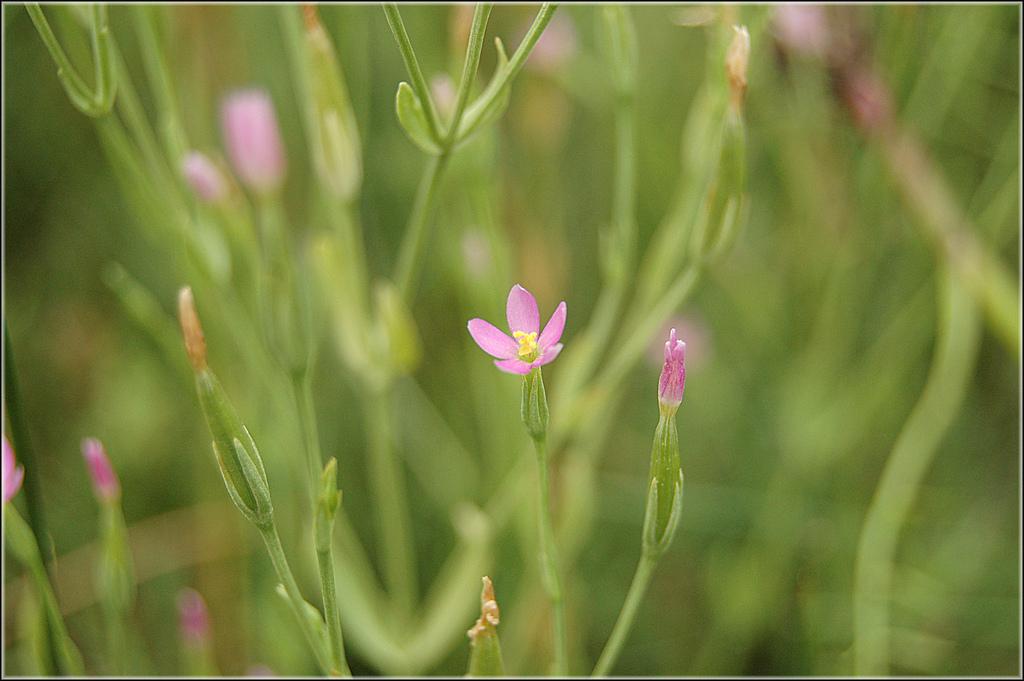|
Zeltnera exaltata
 No occurrences found (redirected from: Centaurium exaltatum (Griseb.) W. Wight ex Piper) |
|
|
Family: Gentianaceae
desert centaury
[Centaurium exaltatum (Griseb.) W. Wight ex Piper, more] |
|

